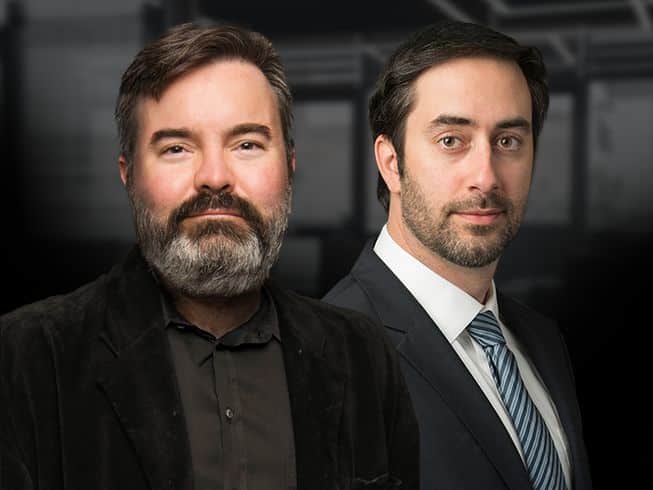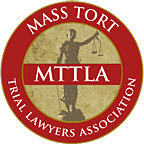U.S.S. Clarence K. Bronson (DD-668)
Over A Billion Recovered Nationwide
U.S.S. Clarence K. Bronson DD-668 (Destroyer, Fletcher-Class)
The History of the U.S.S. Clarence K. Bronson:
This ship and class was named for Lieutenant Clarence K. Bronson. Bronson was one of the very first aviators flying for the Navy; Bronson died in a plane crash, following experiments to test aerial bombs.
The Fletcher class was used for some of the heaviest fighting in World War II’s Pacific Theater. By the end of the war, at least 29 Imperial Fleet subs were sunk by Fletchers. This meant heavy risks for ships such the Bronson. Later, experts also noted the exposure and handling of asbestos during these intense periods had serious results, too. The Clarence K. Bronson and her sister ships also showed an incredible resilience, since so many of the vessels continued to be a reliable vessel into the 1970s.
Eventually, this class of vessel was used to build American Cold War policy, and ships from its class were eventually used by American allies, including Taiwan, and Chile, the Hellenic Navy, and were sold to half a dozen South American nations. Few of these countries ever addressed the commonly used asbestos.
Construction
The keel of the U.S.S. Bronson was laid down almost one year to the day after the attack on Pearl Harbor. The ship was one well over 100 initially commissioned in the Fletcher-class, and experts generally regarded it as one of WWII’s most successful ships. Unfortunately, the ship designs of the time also relied on asbestos in large volumes in most vessels of the era.
As the demands for faster ship production occurred, the government handed out Fletcher-class contracts among many American shipyards. The Clarence K. Bronson came out of the Federal Shipbuilding and Drydock, in Kearny, New Jersey. Laid down in December 1942, the Bronson launched in April 1943. This speed in building meant some safety rules were ignored or relaxed to meet the need in the Pacific (where almost all the Fletchers were sent).
Asbestos, the use of which had been banned in several countries before the war, saw an amazing increase in use by US shipyards, sometimes tripling in total use by the end of WWII. Regardless, the six shipyards that hustled to meet the demands of the Fletcher-class saw their workers meet incredibly demanding timetables. Decades later, many major shipyards of the time, even if they were later sold, couldn’t automatically ignore a legal duty for the later epidemic of asbestos-related sicknesses.
Repairs and Upgrades
Repairing vessels was tough work under the best of circumstances, let alone working in battle conditions. As an example of these risks, a story about the Bronson aptly showed the bravery of the crew during the Philippine Sea Battle. Many aviators, lost in the dark, could not find their home ships. Inviting attack from the enemy, the U.S.S. Bronson lit up the night sky with her spotlights to guide the US aviators “home” to her deck. Unknown to most of the crew members was the chance of asbestos putting them at risk, albeit years after being in the combat zone.
Exposure to asbestos on the Clarence K. Bronson class vessels took place over decades. This was because the Naval policy of asbestos use was dangerously slow to change. Unfortunately, it was not until the 1970s that asbestos was banned. Owing to its reliability and design, the Clarence K. Bronson remained a working vessel for most of these years for other nations. Asbestos was also used when a vessel such as the Bronson added new equipment in the Cold War era. In 1959, new equipment was brought on board the Bronson as she took part in important new experimental technology (the Underwater Sound Laboratory experiments). In terms of dangers, these many years of repair after the war also meant potential exposure to asbestos as the Bronson aged and was upgraded and possibly asbestos-coated wiring torn out.
Asbestos Risks On the U.S.S. Clarence K. Bronson (DD-668)
Wartime conditions on a vessel such as the U.S.S. Clarence K. Bronson probably led to cases of technically unnecessary uses of asbestos. Various pumps in the engine room were later known to have been able to run safely without asbestos. The real dangers of battle and fire led to insulating a great number of gaskets or machinery that might not otherwise have been exposed to fire or high temperatures. For crew members, this could mean asbestos fibers in the air, on their gear or tools, or even over their bunks.
As a typical WWII vessel reached the end of her life, special risks from unknown asbestos became more common. After three decades of service, from island hopping and in the Occupation (nine battle stars), to Korea (another battle star), the U.S.S. Clarence K. Bronson was sold first to the government of Turkey in 1967. She was sold for scrap in 1987.
We Take Our Clients’ Cases Personal
Helping Victims of Mesothelioma Is Why We Do What We Do
Your firm has made this stressful process easy and comfortable for me.
I couldn’t have done it without you.
The professionals at Shrader & Associates did the work, hassle free, and ensured I was able to leave a legacy for my family.
Your team stood by me throughout the entire process.
Thanks to you, the grief of my loss would have been almost unbearable otherwise.

The Right Team Makes a Difference
Mesothelioma cases require technical knowledge and an understanding of complex laws. An attorney with experience trying these claims and substantial resources to leverage on your behalf is your best bet to having a strong case. We are nationally recognized for providing quality representation to mesothelioma patients and their families.
Meet Our Attorney










![aaj-leaders-forum[2] U.S.S. Clarence K. Bronson (DD-668)](https://shraderlaw.com/wp-content/uploads/2022/04/aaj-leaders-forum2.png)


